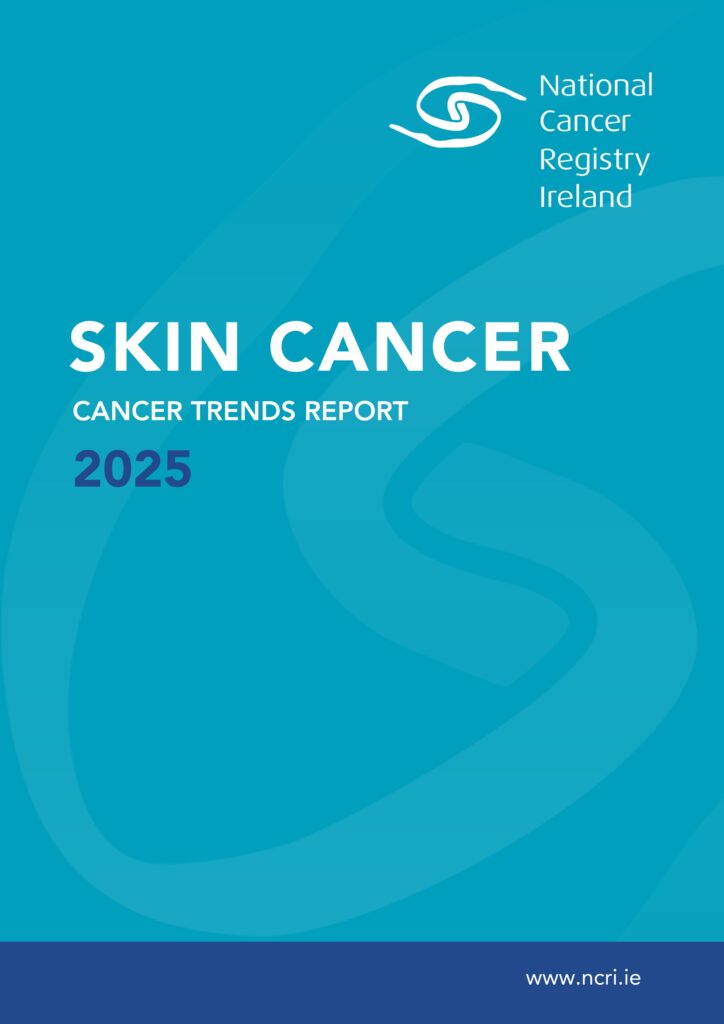On 14 December, the US Food and Drug Administration approved the first non-steroidal therapy for eczema in more than 15 years.
The drug, an ointment called Eucrisa (crisaborole), inhibits a protein called phosphodiesterase-4 and was developed by Anacor Pharmaceuticals of Palo Alto, California (a company recently acquired by Pfizer). It targets an anti-inflammatory mechanism already used in drugs used to treat conditions such as asthma and chronic obstructive pulmonary disease (COPD) and psoriasis.
The US regulator approved the new treatment on the back of two trials that enrolled more than 1,500 patients with mild-to-moderate eczema which showed the ointment was more effective than placebo in achieving clear or almost clear skin after 28 days’ treatment.
More new treatments on the way
Two days later, Swiss pharmaceutical company Novartis announced its intention to buy a UK company, Ziarco, which is developing an orally-active histamine H4 receptor antagonist called ZPL389. The treatment is currently in a mid-stage clinical trial for eczema and early testing in plaque psoriasis.
A new oral therapy for eczema would extend the range of new therapies for patients, which could also include the first injectable drug Dupixent (dupilumab), which was filed for approval in the EU (to the European Medicines Agency) this month by Sanofi/Regeneron.
Emollient therapy can save you a lot of money
Meanwhile, research published in the Journal of American Academy of Dermatology reported that management of atopic dermatitis (AD), the most common form of eczema, in young children could cost up to 35% of your discretionary income.
While there are many treatments available from your local chemist, some experts suggest cost-effective petroleum jelly to provide relief, moisturise the skin and help support the skin barrier – while saving you money.
In a recent US study, 124 babies considered “high-risk of developing AD” showed parents were successfully able to reduce their infants’ AD risk by 50% simply by moisturising (everywhere on the skin but the scalp) daily or at least five times a week. The treatments used in the previous study were over-the-counter (OTC) ointment, moisturising cream, or sunflower seed oil.
For more detailed information about eczema in context, the skin barrier, emollients and how to use them effectively download our booklet here.
For more information about atopic dermatitis and eczema, visit our main eczema page here. If you need help or guidance about managing your eczema, contact the ISF Helpline here.












